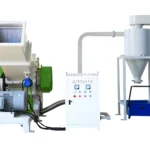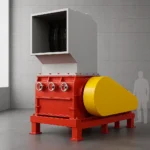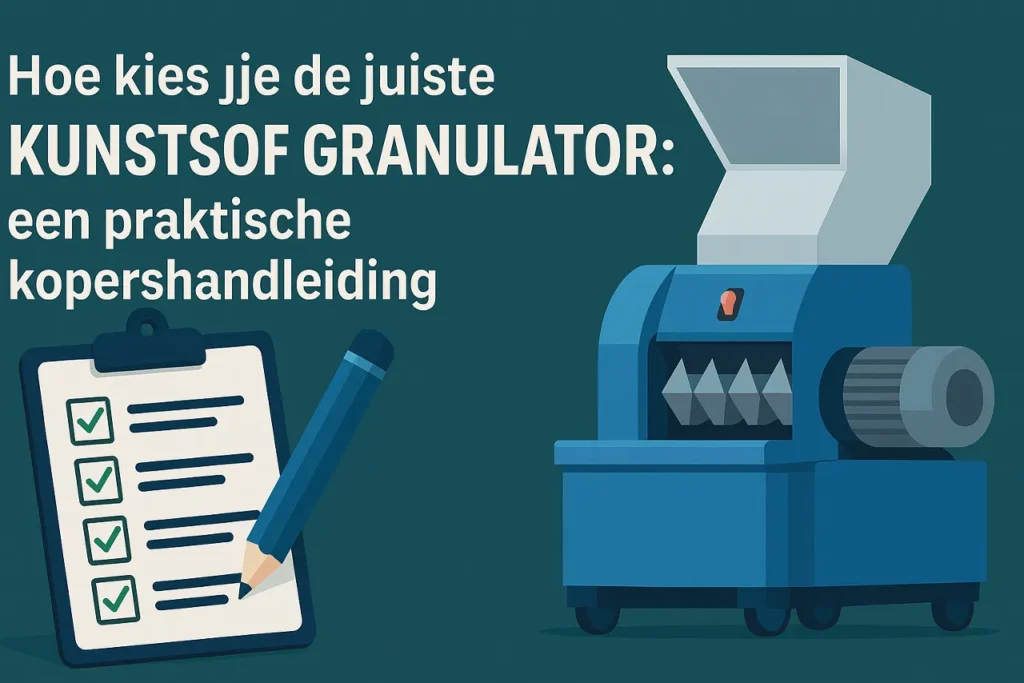In plastic processing and recycling, selecting the right plastic granulator is crucial. Whether you're processing production waste, rejected parts, or post-consumer waste, the efficiency of your granulator directly impacts productivity, the quality of the recycled material, and your ultimate profitability. The wrong choice can lead to costly downtime, poor quality output, and lower ROI.
This guide helps you choose the ideal granulator tailored to your specific operational needs.
Step 1: Clearly Define Your Needs
Ask yourself these questions:
- Type of Plastic: PET, HDPE, LDPE, PP, ABS, PC, nylon, films, hard or soft plastics.
- Shape and Size of Input: Small parts, large blocks, bottles, film rolls, large products.
- Capacity: Required processing capacity per hour (kg/h).
- Particle Size: Desired particle size and consistency for reuse.
- Workflow Integration: Manual input, conveyor belts, or robotic integration.
Step 2: Evaluate Important Technical Factors
1. Material Characteristics
Specific granulators for various plastics:
- Hard plastics: High-speed cutting rotors (V-cut/saw).
- Soft plastics: Open rotors, sharp blades with special angle, customized feed systems.
- Abrasive plastics: Hard blades and cutting chambers.
2. Throughput Capacity
Match granulator capacity to current and future volumes:
- Avoid under-sizing (neckdown) and over-sizing (additional costs).
3. Granule Quality and Uniformity
- Screen size: Determines particle size; a finer screen produces finer, more uniform granules.
- Blade sharpness and configuration: Critical for consistent quality.
4. Type Granulator and Placement
- On-machine granulators: For direct local recycling.
- Central granulators: For larger scale operations with larger quantities and larger pieces.
- Heavy-duty systems: For challenging materials through shredder-granulator combinations.
5. Rotor Design
- Open rotor: For large or heat-sensitive materials.
- Closed rotor: Robust for heavier materials.
- Graded rotor: Versatile solution.
- V-cut/saw blade rotor: Ideal for hard plastics and precise particle sizes.
6. Motor Power and Efficiency
Choose sufficient power (HP/kW) and efficient drive systems to avoid downtime.
7. Easy Maintenance and Cleaning
Granulators with easy access and maintenance:
- Easy access to the chamber and screen
- Simple blade adjustment
8. Safety Features
Mandatory safety functions:
- Safety locks, emergency stop, rotor locks, adequate protection.
9. Noise Level
Choose noise-reduced models, especially in working environments. Consider noise regulations.
10. Total Cost of Ownership (TCO)
Evaluate beyond the purchase price:
- Energy Consumption
- Maintenance Costs and Downtime
- Availability of Spare Parts
Conclusion:
Choosing the right plastic granulator enhances your efficiency and profitability. By carefully considering your material, capacity, maintenance ease, safety, and total ownership costs, you invest in equipment with reliable and long-lasting performance.


 Granulator for Recycling WPC Material (Wood-Plastic Composite)
Granulator for Recycling WPC Material (Wood-Plastic Composite) Granulators for Hard Plastics
Granulators for Hard Plastics